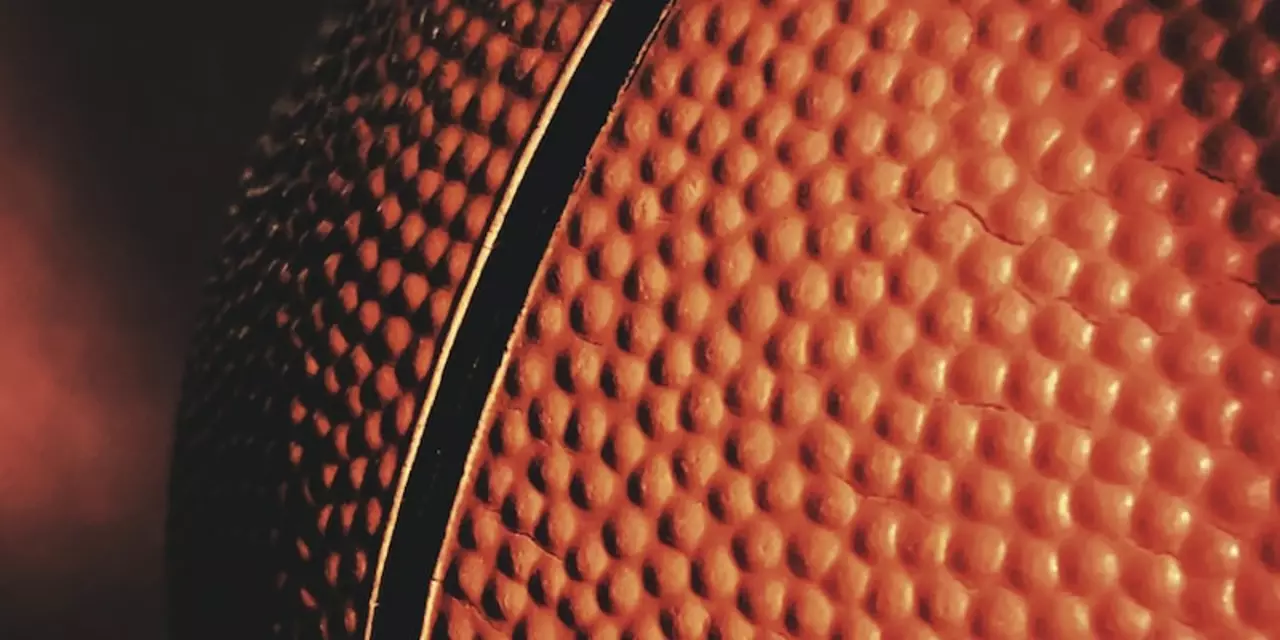Sports Rules and Regulations: Why Punching Is OK in Hockey but Not in Basketball
Ever watched a hockey game and seen a player throw a quick jab, then wondered why the same move would get you ejected in basketball? The answer lies in how each sport’s rulebook balances physicality, safety, and the way the game is played. Let’s break down the key reasons behind this rule clash.
Why Hockey Allows Punching
Hockey is built around contact. The ice surface, hard boards, and protective gear let players engage physically without immediate danger of severe injury. The rules recognize that a well‑timed punch can be a way to assert dominance, protect the puck, or deter aggressive opponents. Officials look for intent and severity – a light jab that doesn’t cause injury often stays on the ice, while a dangerous swing gets a penalty.
Because players wear helmets, pads, and gloves, a fist can land without breaking bones or causing concussion as easily as it would in a sport played without gear. The governing bodies (like the NHL and USA Hockey) have built in penalties that scale with the risk: a minor for a stray swing, a major for a purposeful blow.
Why Basketball Bans Punching
Basketball’s design is all about speed, skill, and fluid movement on a hardwood floor. Players wear only light shoes and shorts – no helmets or pads. A punch on a basketball court can easily break a hand, cause a concussion, or lead to a cascade of fouls that disrupt the game’s flow.
The rulebook reflects that. The NBA and NCAA label any intentional striking as a personal foul, leading to free throws and possible ejection. Since the sport emphasizes dribbling, shooting, and passing, allowing punches would shift focus from skill to intimidation, which is the opposite of what basketball aims to showcase.
Additionally, the close quarters and frequent transitions mean a single punch could harm multiple players nearby, making the sport less safe and less enjoyable for fans.
So, the core difference comes down to how each sport manages risk and what it values. Hockey embraces controlled aggression as part of its identity, while basketball protects its fast‑paced, skill‑driven nature by banning physical strikes.
Understanding these rule nuances helps fans appreciate why certain actions feel natural in one arena and out of place in another. Next time you see a hockey player throw a quick jab, remember it’s a legal, strategic move. In basketball, the same action would land you on the bench with a technical foul.
Whether you’re a player, coach, or just a curious fan, knowing the why behind the rules makes the game more enjoyable and keeps everyone safer on the ice or court.

Why is punching allowed in Hockey but not in basketball?
Punching is a common form of physical contact in sports, and is allowed in some sports but not others. Hockey, for example, allows punching, while basketball does not. This is because the rules of hockey permit physical contact, while basketball does not. Hockey players use punching to show dominance, while basketball players must use skill, speed and agility to control the ball and outplay their opponents. Punching can cause serious injury in basketball and is therefore not allowed. Therefore, punching is an accepted part of hockey but is not allowed in basketball.
View More